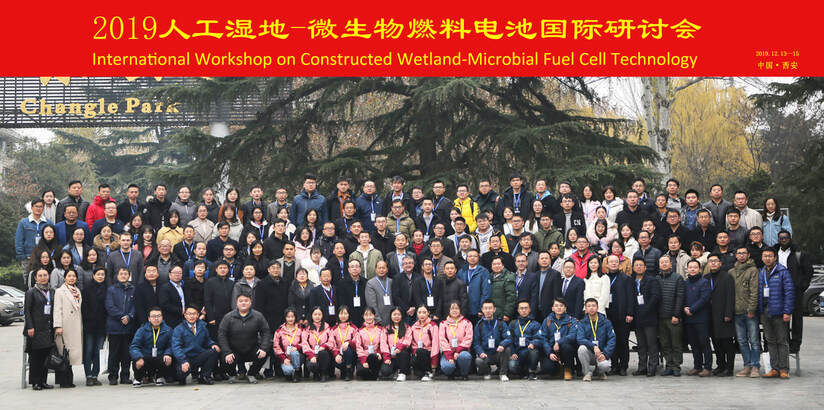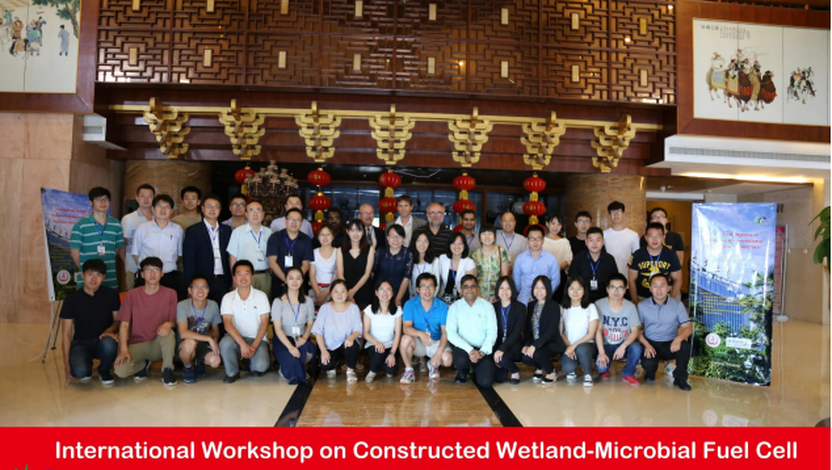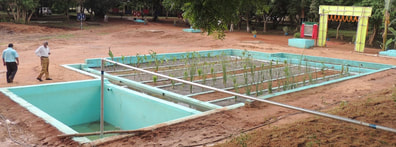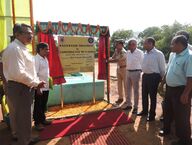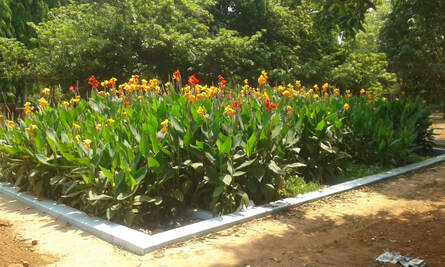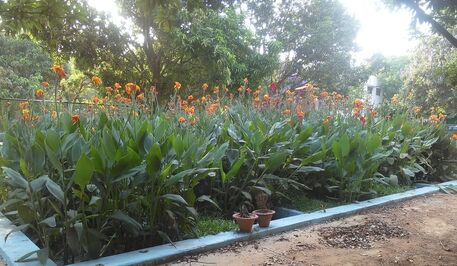Innovative Constructed Wetlands coupled Microbial Fuel Cells (CW-MFC)
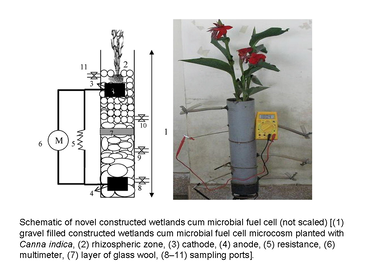
World's first Constructed Wetland-Microbial Fuel Cell (CW-MFC) was developed in our lab in the Year 2010. Now, various research groups spread over 10 countries are working on this topic. Two international workshops were held on this topic which indicates that it is growing as a new technology (Please see pictures of those workshops).
Still, there are several challenges that have to be solved before this technology goes to field-level applications. Our research group is focusing some of the issues which need to be solved. We realize that there are several processes in nature and in current wastewater treatment technologies where stratified redox conditions are prevailing like in constructed wetlands, anaerobic reactors, flooded systems, natural wetlands, etc. These conditions can be utilized for the development of in-situ, nondestructive microbial fuel cell, which may directly apply to a large scale field level application.
Still, there are several challenges that have to be solved before this technology goes to field-level applications. Our research group is focusing some of the issues which need to be solved. We realize that there are several processes in nature and in current wastewater treatment technologies where stratified redox conditions are prevailing like in constructed wetlands, anaerobic reactors, flooded systems, natural wetlands, etc. These conditions can be utilized for the development of in-situ, nondestructive microbial fuel cell, which may directly apply to a large scale field level application.
Microbe-Electrode Interaction based Environmental Technology
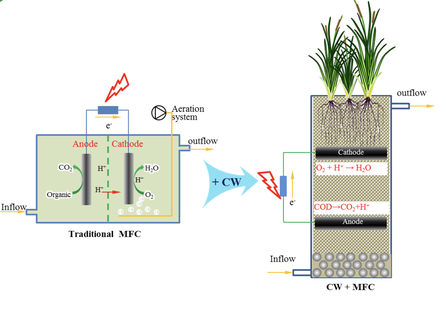
There are several biological reactions where bulk electron donor is required. In our research, we are interested to study the electrode based remedial approach in which respiring bacteria use electron directly from the electrode. We wish to incorporate this relation into the current conventional treatment processes to upgrade them and use the knowledge for large scale application.
Constructed Wetlands (CWs)
Constructed Wetland (CW ) or engineered wetlands are natural, low-cost, eco-technological biological wastewater treatment technology designed to mimic processes found in natural wetland ecosystems, which is now standing as the potential alternative or supplementary systems for the treatment of wastewater.
CWs have potential to provide robust, zero-power, cost-effective secondary and tertiary treatment. Besides this, it produces relatively low amounts of sludge and require less operational and maintenance costs. The biggest challenges of constructed wetlands technology are the requirement of large land area for establishment and slow treatment process. Our group is interested in developing advance compact and fast constructed wetlands by using multidisciplinary approach like iron scrap, selective adsorbent, mixed microbial consortium, low-cost electron donor-acceptor etc to accelerate the rate of processes involved in constructed wetlands.
Constructed Wetland (CW ) or engineered wetlands are natural, low-cost, eco-technological biological wastewater treatment technology designed to mimic processes found in natural wetland ecosystems, which is now standing as the potential alternative or supplementary systems for the treatment of wastewater.
CWs have potential to provide robust, zero-power, cost-effective secondary and tertiary treatment. Besides this, it produces relatively low amounts of sludge and require less operational and maintenance costs. The biggest challenges of constructed wetlands technology are the requirement of large land area for establishment and slow treatment process. Our group is interested in developing advance compact and fast constructed wetlands by using multidisciplinary approach like iron scrap, selective adsorbent, mixed microbial consortium, low-cost electron donor-acceptor etc to accelerate the rate of processes involved in constructed wetlands.
